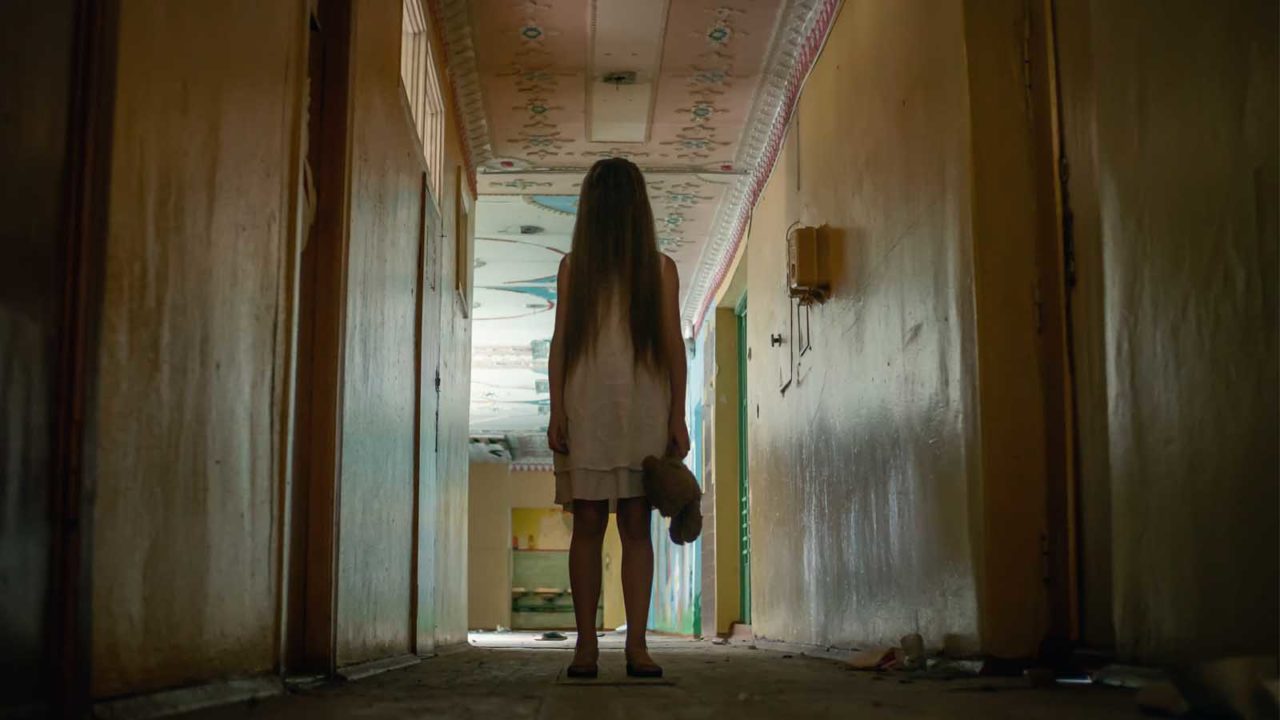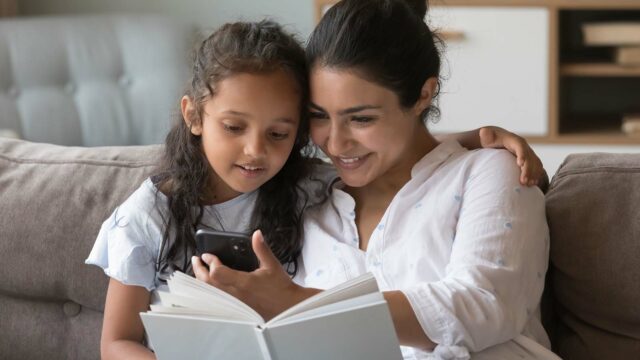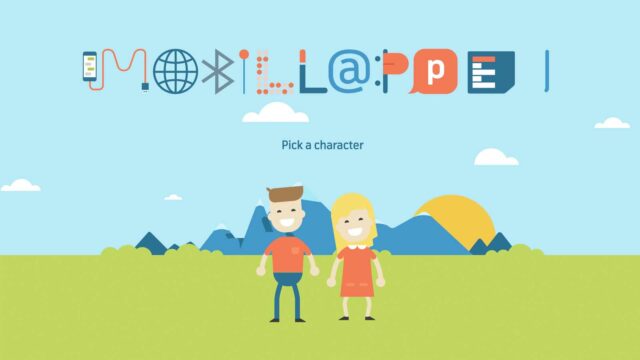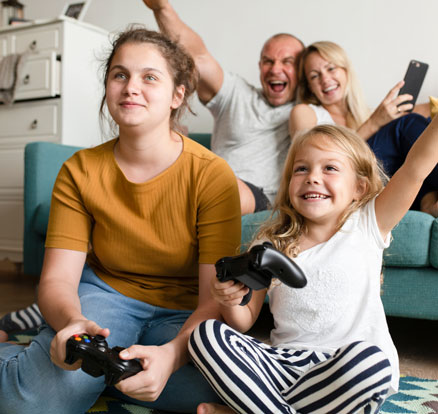
Are movie and game ratings only for nervous parents?
Children should be allowed to be children. They should not have nightmares from watching scenes in movies and games where people are shot in the head and the blood spatters around. However, not everyone agrees with that.
Choose language in the Google-box below. Some translations may be flawed or inaccurate.
It is not that children who watch media violence immediately go out and kill someone. But that is not the reason why streaming companies recommend age limits for their productions. That is also not why we have age ratings in cinemas in Norway. And that is not why the UN has included separate sections in the Convention on the Rights of the Child for children’s right to protection against harmful content.
It is about children being allowed to be children. They should not have to watch scenes where someone is beheaded or tortured. Recommended age limits are about reducing the risk of children being harmed, avoiding nightmares, or starting to think too much about adult issues that make them anxious.
Every week, ‘Barnevakten’ reviews new games, apps, and movies. There we show the recommended age limits of the streaming service itself or the producer’s recommendation following the Norwegian Media Authority’s guidelines. Regarding games, we show the European age rating scheme PEGI.
Children are different. Some can endure horrible TV scenes better. Others may have trouble sleeping or pass worrying for days afterward. Parents know their children best. Your child may be able to go up a step in the age limits. But some may also become anxious even when the age limits are followed.
It is often the social media apps that make children interested to watch new TV shows or try out new games. It is the algorithms that determine which features the children will see in the apps and thus be enticed to watch. Parents might have no idea about it at all.
When a terrifying and violent series becomes very popular, ‘Barnevakten’ reviews it and informs parents about the age limit and content. Then it’s up to you as a parent to decide which series and games your children can get involved in. Is it okay for your nine-year-old to see that the blood spatter is coming out of one’s head or a torturing scene where a screwdriver is forced up in one’s nose – the scenes that have been given an age limit of 16 years?
Not everyone agrees that it is nice to get information about age limits and how violent some TV shows are. Parents who are in favor of the free flow of children’s watchlists may feel provoked when ‘Barnevakten’ tells them that it is possible to set the streaming service to child mode. Our impression is that these parents are in the minority.
Moral panic is a term used if one believes that society or individuals are overreacting to a phenomenon. For example, it is often mentioned that cartoons, television sets, and the wiggling hips of Elvis were originally met with criticism from many. It was just a matter of waiting a few years to be fully accepted and not be regarded as anything immoral or dangerous at all. People just panicked because it was something new.
But then one forgets that some societal traits and phenomena turned out to be right to be negative about. For example, the practice of apartheid in some countries. Something that was criticized 10-20-80 years ago is criticized even today. No “moral panic” either then or now.
Therefore, as it happened in the last three decades, most parents still want to follow the age limits and do not want to let their children watch everything.
Your role as a parent
New technology is evolving every day. In a few years, you may be able to choose which of your friends will star as a villain, victim, or hero in the TV series just by loading a 3D scan of the face with the phone. Then the torture scenes can be about the little brother and the abuse can be about the big sister. Even then, there will probably be some who will think it is moral panic to ask children to watch something more pleasant. But there will also be many parents who believe that the Convention on the Rights of the Child still has something in it and that children should be protected from the harm they may receive from the media.
The Norwegian ‘Barnevakten’ wants to make it possible for children to be children. That is why we show the recommended age limits from the producers. But it is up to you as a parent to decide what your child should watch.
It is the parent’s task to reduce the risk of their children getting injured, whether during cycling in car traffic or using streaming services. It is not moral panic to ask nine-year-olds to wear bicycle helmets and avoid violent films. However, it does mean that you are aware of your role as a parent.
(Translated from Norwegian by Ratan Samadder)










